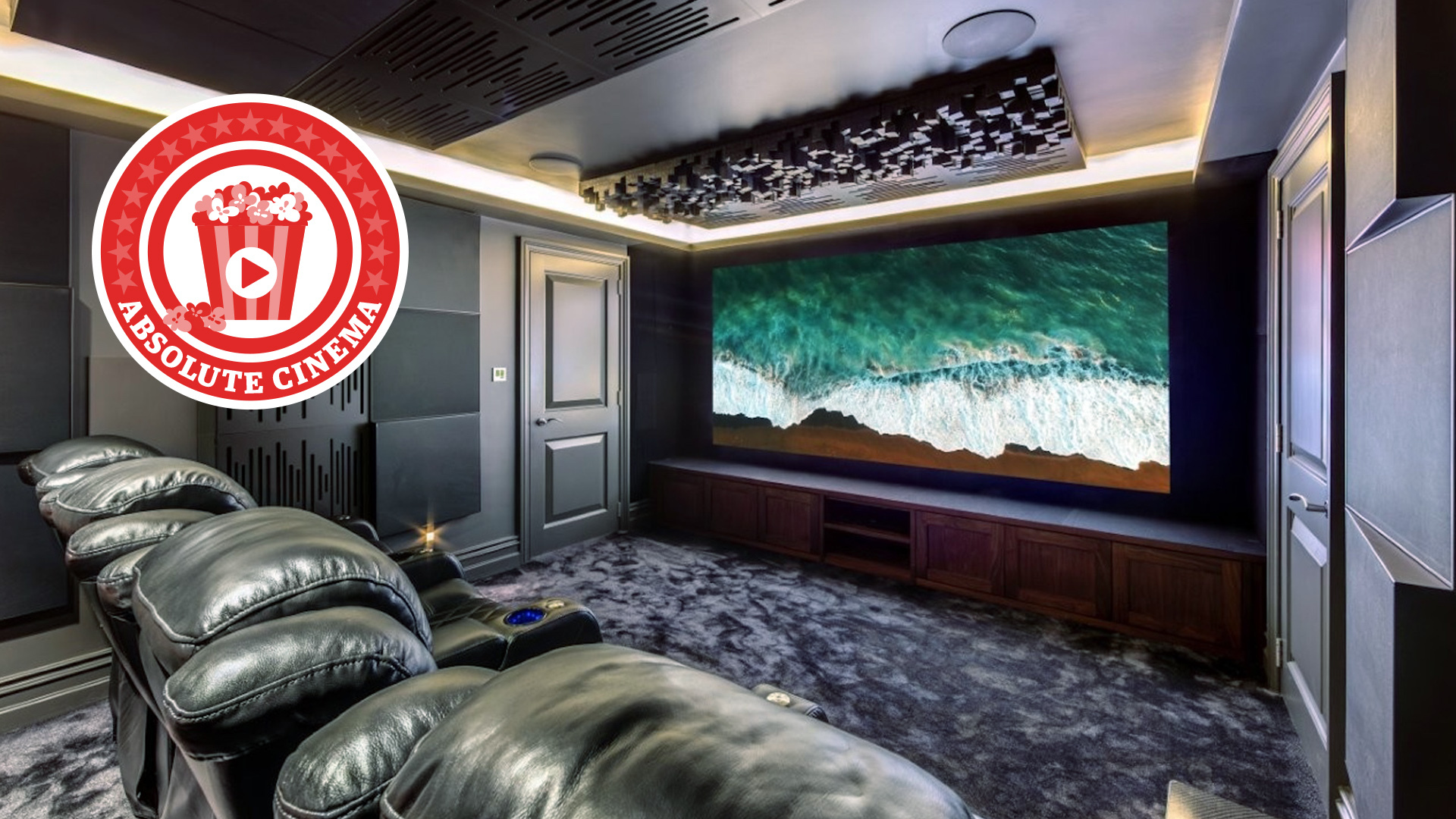The BBC’s 50-year-old LS3/5A mini monitor shows the uneven progress of modern speaker design
The BBC-designed LS3/5A is approaching pensionable age, but can still teach newer speakers a thing or two
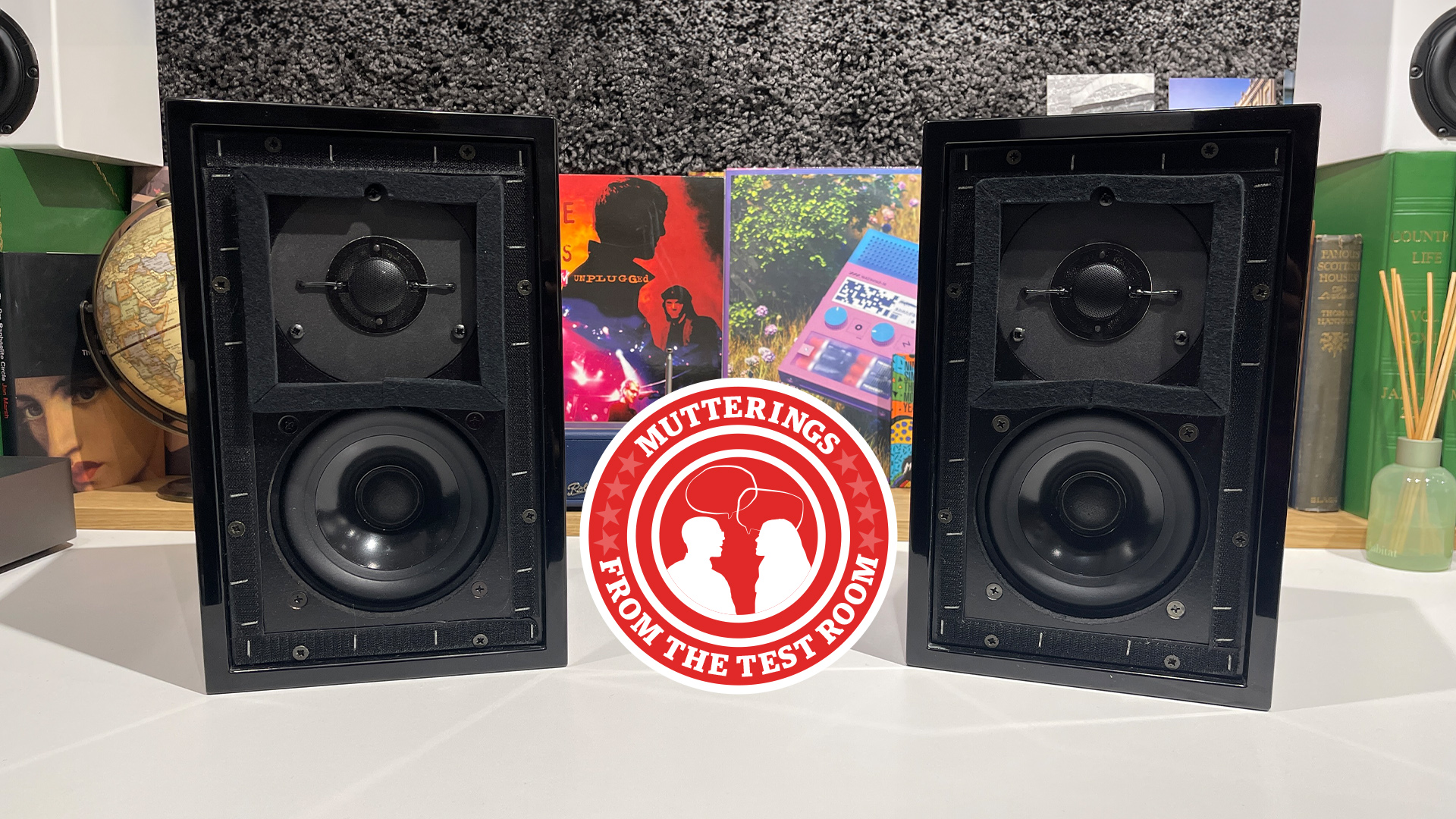
I’ve been hearing about the legendary BBC-designed LS3/5A mini monitor for as long as I can remember, but my experience with them has sadly always been limited.
That has changed now, though, thanks to a loan from KEF's museum vault. And the long-term experience has proved a real treat.
- Last time on Mutterings from the Test Room: Is innovation in cartridge design dead? I don’t think so
The LS3/5A is a small speaker that was launched in 1975. It was originally developed for use in outside-broadcast vans and cramped studios, primarily to monitor speech. It originated from an extensive BBC research project into speaker design.
Given that the BBC had some of the best audio engineers in the business at the time, and resourced them well beyond the capabilities of any commercial speaker manufacturer, it's no surprise that the final product turned out to be a technical tour de force.
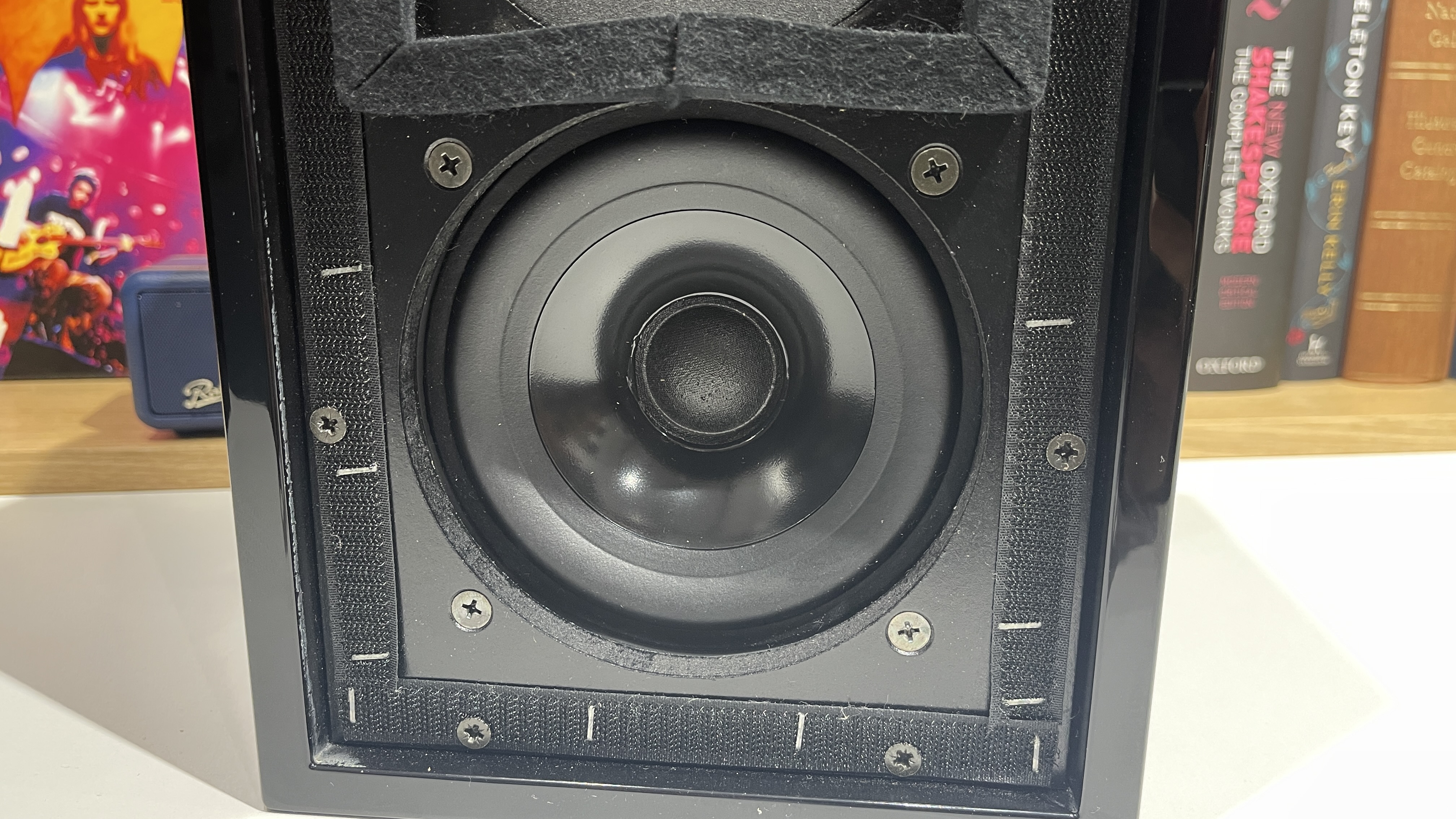
The use of a Bextrene cone in the mid/bass was considered cutting-edge in a world where just about everyone else still used paper, and the multilayer birch-ply cabinet was unusually well-behaved in terms of resonance control.
The BBC isn’t a manufacturer, so it offered the LS3/5A design to established speaker builders under licence. A range of companies, including Rogers, Spendor, Harbeth, Chartwell and Goodmans, ended up producing the speaker.
The licence was strict about every aspect of the product from the construction of the cabinet to the drive units used. KEF supplied both the 11cm Bextrene-coned B110 mid/bass unit and the T27 tweeter with its 19mm Mylar dome and perforated metal cover.
The latest hi-fi, home cinema and tech news, reviews, buying advice and deals, direct to your inbox.
Oddly, despite KEF being the sole drive-unit supplier for the LS3/5A, it was two decades before the company obtained the rights to make the complete speaker. Our samples are a special limited-edition model with a piano black finish and a gold-plated back panel. They were built to celebrate KEF’s 35th anniversary in the mid-90s, and only 500 pairs were ever made.
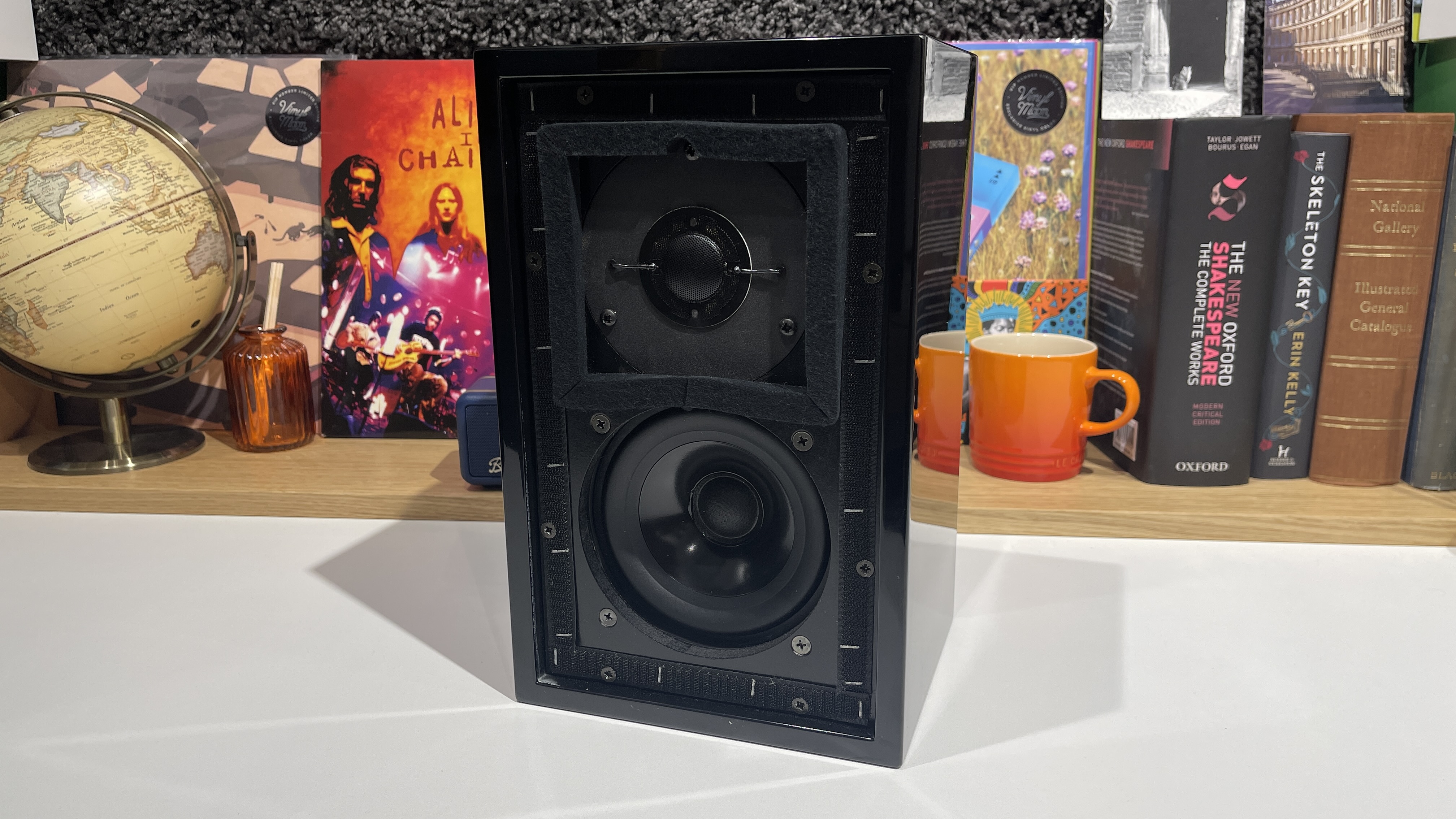
Given that they are a 70s design, it is no surprise that they look dated. Let’s be kind and call their appearance functional. The grilles are held on with velcro strips and take a bit of persuasion to come off. Underneath, the front baffle looks a right mess by modern standards with the stapled velcro strips, stuck-on foam (that takes care of sound reflections off the protruding cabinet sides) and rather ordinary-looking drivers.
And these speakers are small, about the size of a shoebox and just 5 litres in internal volume. Arguably, this BBC design established the format for high-quality mini-monitor speakers that the hi-fi industry builds to this day.
Along with the KEF LS3/5A , we just happen to have a whole array of modern small, high-quality standmounters in our listening rooms. We have what KEF sees as the modern iteration of that original design, its LS50 Meta, together with a pair of Epos ES-7N, the new Acoustic Energy AE300 Mk2 and the Bowers & Wilkins 607 S3.
I thought it would be fun to compare the old with the new – and the results are fascinating.
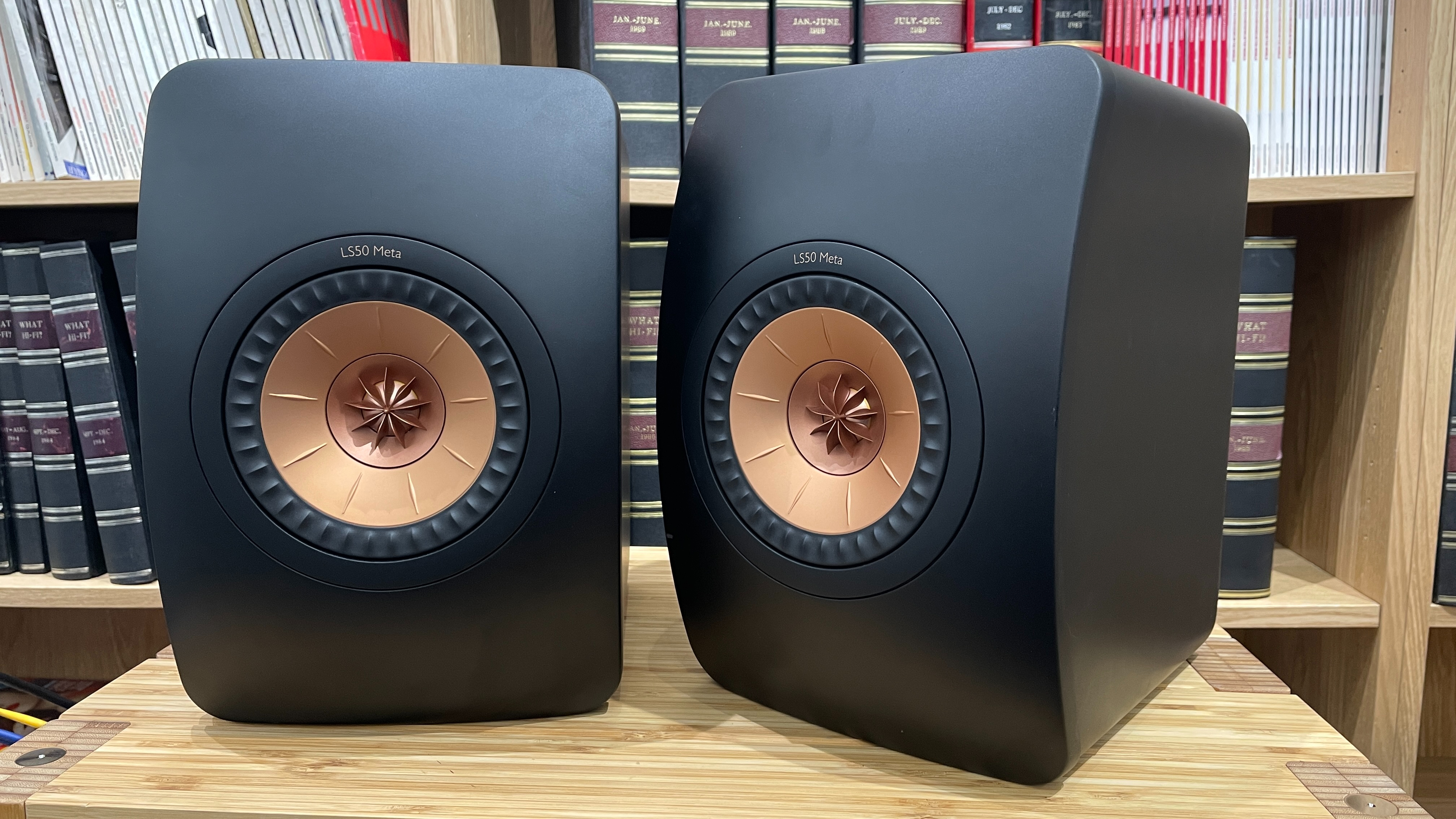
There is no doubt that the modern speakers have taken huge sonic strides forward in many areas. They are obviously more detailed, with even the likes of the Bowers & Wilkins picking up more information than the LS3/5A. The leading edges of notes are crisper with the new products, leaving the old timer sounding soft, thick and a little hazy.
KEF lists the LS3/5A sensitivity at a miserably low 82.5 dB/W/m with a modest power handling of just 30 watts. Essentially, high volume levels are off the table. All the modern alternatives will go much louder more easily, and accept a lot more power before they break.
Such limitations are definitely an issue across most musical genres, particularly when the speakers are used in larger rooms and listened to from a distance. Nearfield listening, which is what the LS3/5A was designed for, is far less affected in this respect.
Large-scale classical works such as Beethoven’s 5th Symphony suffer through the speaker’s lack of authority, restricted dynamics and reduced sense of power, while a spin of Nirvana’s Nevermind proves a notably gentler experience than usual. I suspect Kurt Cobain never intended to sound so cultured.
You can blame the limited low-frequency performance for some of these issues. The LS3/5A reaches down to only 70Hz (-3dB), and sounds rich and a little unwieldy while doing it. It doesn’t help that the speaker’s treble just isn’t as clean, precise or extended as we’ve become accustomed to.
I find some of these things easier to accept than others. This is a tiny sealed-box design with only a small mid/bass unit, so the limited dynamic envelope and modest bass reach isn’t a surprise, though the thickness and lack of agility in the bass could certainly be better.
The two drive units are linked by a complex 26-part crossover to ensure that the integration is seamless and as close to the BBC-specified frequency balance as possible – so it comes as no surprise to find that the sensitivity figure is so low.
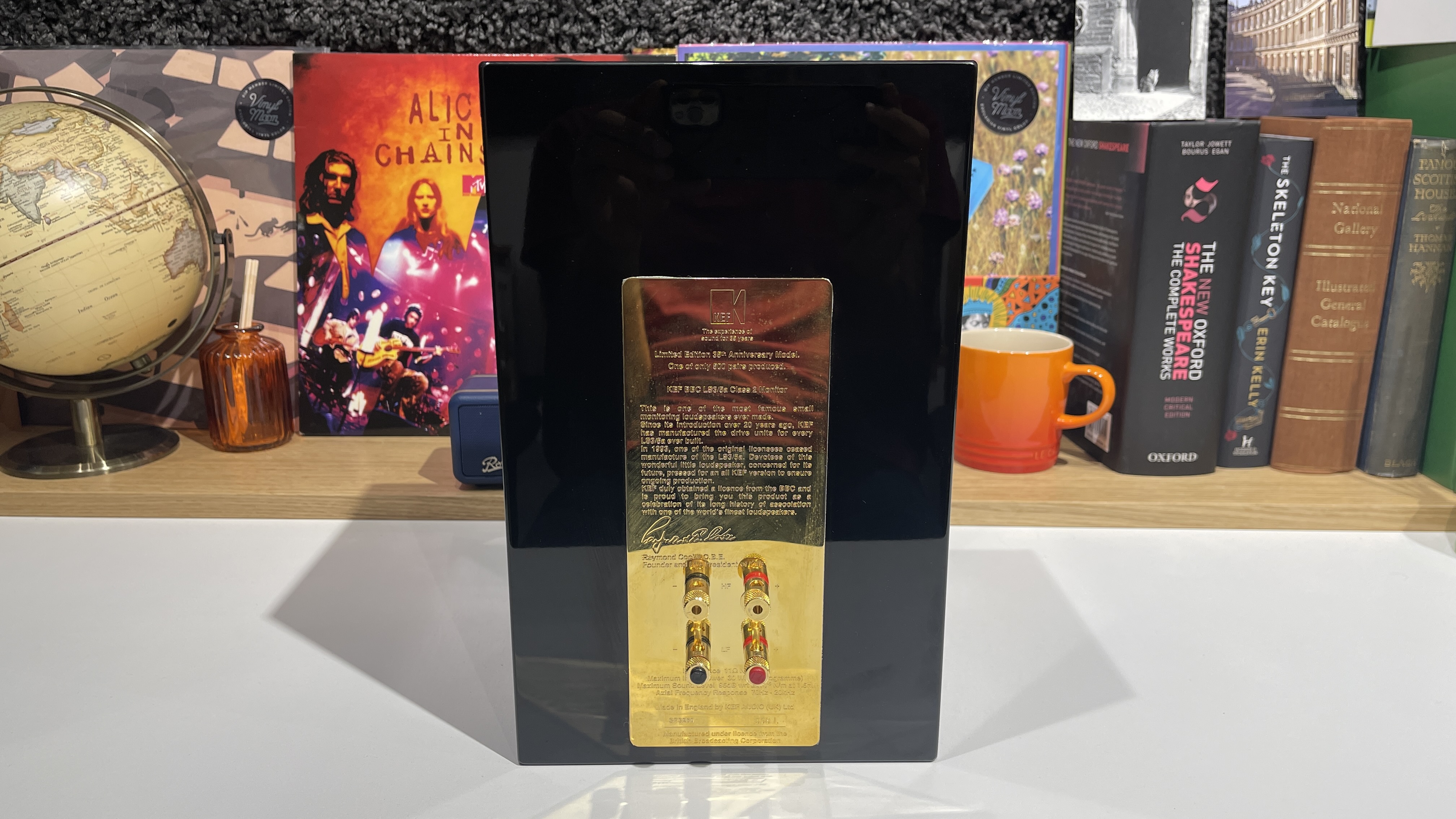
Yet, despite all these obvious shortcomings, I can’t help but like this little BBC design
Considering it was originally designed to monitor speech, it should come as no surprise that it sounds great with voices. The LS3/5A may not have the outright resolution of more recent designs, but there is a naturalness to the way it reproduces vocals that is truly persuasive.
It's a full-bodied, fleshed-out performance that has a palpability that leaves most modern alternatives sounding thin, clinical and lacking in natural warmth. Most acoustic instruments benefit in the same way, sounding more convincingly lifelike than most newer designs manage.
These speakers also stereo image beautifully. That’s down to the well-damped enclosure, controlled dispersion and an impressive pair matching that is within 0.5dB of the BBC-specified reference target. Simply put, when positioned with care, these speakers disappear in an aural sense way better than most that come my way.
Lastly, and possibly perversely, there is something very pleasant about the speaker’s relatively gentle delivery. While it certainly robs these KEFs of a degree of excitement and bite, it also makes them very easy to enjoy over long listening sessions. Poor or rough recordings are revealed for what they are, of course, but these little monitors always keep the results listenable.
This is great news for those who have a music collection based on musical merit rather than the quality of the recording.
I have had a great deal of fun listening to KEF's LS3/5A. While noting their many limitations when compared with modern alternatives, I can also understand why some enthusiasts are still so enchanted by them. I find them utterly charming in a way few alternatives can match.
MORE:
Musical Fidelity's LS3/5A and the enduring appeal of BBC-inspired small speakers
They say you should never meet your heroes, but hearing my 5 hi-fi idols was far from disappointing
Best bookshelf speakers 2025: top standmounts for every budget tested

Ketan Bharadia is the Technical Editor of What Hi-Fi? He has been reviewing hi-fi, TV and home cinema equipment for almost three decades and has covered thousands of products over that time. Ketan works across the What Hi-Fi? brand including the website and magazine. His background is based in electronic and mechanical engineering.
You must confirm your public display name before commenting
Please logout and then login again, you will then be prompted to enter your display name.
